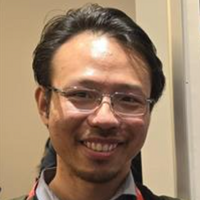Subject to change.

Subject to change.

Wenchao Han is a senior associate consultant, faculty member, in the Division of Computational Pathology and AI, Department of Laboratory Medicine and Pathology, Mayo Clinic. He finished his post-doc training in 2023 in the Department of Medical Biophysics, University of Toronto. He received his PhD in 2020 in Medical Biophysics. He has been working in the filed of digital pathology since 2013 and specialized in using image analysis for microscopic images (e.g. H&E, IHC, Multiplexed images).